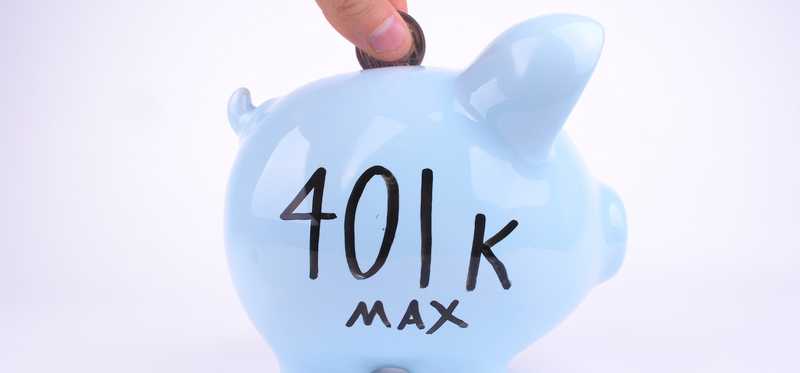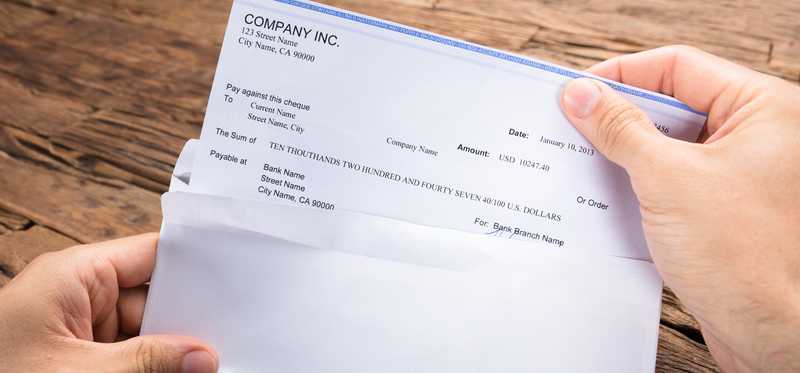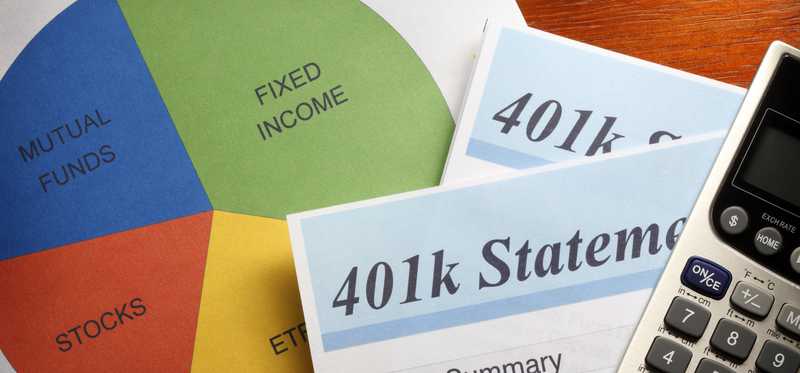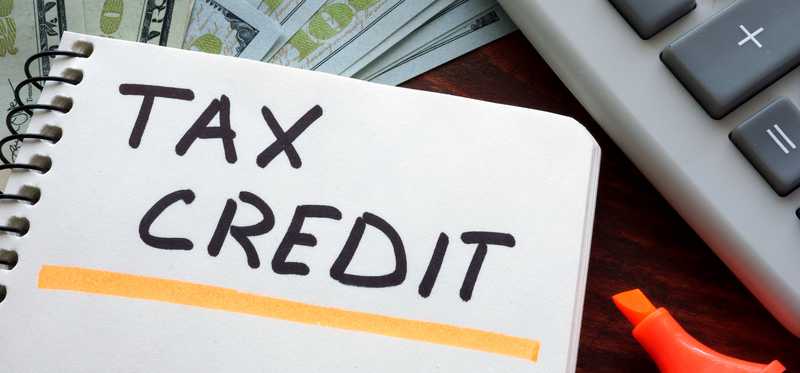Want to Supercharge Your Retirement Savings? Try These 15 Tricks

Want to Supercharge Your Retirement Savings? Try These 15 Tricks
Could a bigger retirement nest egg be within reach?
After a lifetime of hard work, you deserve financial security as a retiree. This isn't guaranteed, though. Social Security isn't enough to live on, so you'll need plenty of savings to help cover your costs in your later years.
The good news is, it's not difficult to supercharge your retirement savings if you know a few simple tricks. Here are 15 easy ways to invest more and make the most of the money you've saved so you can grow your nest egg larger than you imagined.
5 Stocks Under $49
Presented by Motley Fool Stock Advisor
We hear it over and over from investors, "I wish I had bought Amazon or Netflix when they were first recommended by The Motley Fool. I’d be sitting on a gold mine!" It's true, but we think these 5 other stocks are screaming buys. And you can buy them now for less than $49 a share! Click here to learn how you can grab a copy of "5 Growth Stocks Under $49" for FREE for a limited time only.
Previous
Next

1. Make a few big changes to your budget
If you can make one or two major cuts to your budget, you can immediately start saving much more money for retirement. This can be a much easier way to invest significantly more for your future compared with chipping away at the small stuff.
For example, if you currently have two expensive car payments, maybe you could sell one car and get by with one vehicle. Or you could trade in a costly car for a cheaper used one and redirect the money you were spending on the higher car payments into your retirement savings account.
This is a change you make one time so it's easy to sustain -- and it can allow you to invest hundreds of dollars more each month for your future.
Previous
Next

2. Try some no-spend challenges and save the extra cash you end up with
Challenge yourself to see how many days in.a month you can spend nothing, or how long you can go without making a purchase (other than true necessities such as gas or groceries).
If you do these challenges a few times a month, or even a few times a year, this should give you extra cash to invest for your later years.
Previous
Next

3. Automate your investing
Setting up automatic contributions to your retirement accounts ensures you never miss an investment.
If you've set a specific retirement savings goal for yourself and you know how much you must invest each month to achieve it, you can set up an automated transfer for the requisite amount into your retirement account. You should set these goals for yourself, as that's the surest way to make sure you're putting aside enough cash for the future.
Move the money over on payday, or have it taken directly from your paychecks if you can, and then you won't be tempted to spend it on other things.
Previous
Next

4. Save your windfalls
Whenever you come into any unexpected cash that you don't need for necessities, consider moving it into your retirement investment account. This could be a tax refund, a bonus you get from your job, or even a cash birthday or holiday gift.
Making these one-time contributions can make a big difference in your account balance over the long run.
Previous
Next

5. Consider a side hustle devoted to retirement savings
There are ample opportunities to pick up occasional part-time work. If you can commit to working a side job for even a few hours a month, you can devote all of the extra money you earn from it to saving for retirement.
An extra $100 invested per month over 30 years can add close to $200,000 to your nest egg, assuming a 10% average annual return. So you don't need to work much to make a big difference.
5 Stocks Under $49
Presented by Motley Fool Stock Advisor
We hear it over and over from investors, "I wish I had bought Amazon or Netflix when they were first recommended by The Motley Fool. I’d be sitting on a gold mine!" It's true, but we think these 5 other stocks are screaming buys. And you can buy them now for less than $49 a share! Click here to learn how you can grab a copy of "5 Growth Stocks Under $49" for FREE for a limited time only.
Previous
Next

6. Inch up your retirement account contributions
If you have a workplace retirement plan, chances are good you'll be able to set up automatic contributions equal to a certain percentage of your income.
Whatever you're currently contributing, try to increase that amount by just 1% every few months. This usually won't make much of a difference in how far your pay goes, and you may not even notice that you're bringing home a bit less if you increase investments slowly -- but it can make a huge difference in your retirement contributions.
Just continue to increase your contributions over time until you find that you can't make it work anymore.
ALSO READ: 6 Ways to Save More for Retirement Without Sacrificing Your Lifestyle
Previous
Next

7. Bank your raises
If you get a salary bump, consider immediately redirecting most or all of the extra money to savings. For example, if you get a 2% raise, increase retirement investing by 2%.
Since you're used to living on your current income, you won't miss the money.
Previous
Next

8. Take advantage of your full 401(k) match
Many companies match some or all of the 401(k) contributions that workers make. If your employer offers matching funds, be sure you know the rules for how much you can claim -- and invest enough to get the full amount.
There's absolutely no reason to leave money on the table, so even if you have to make big sacrifices to get the full match, it's worth doing.
Previous
Next

9. Claim all the tax deductions you can
Many retirement accounts, including 401(k) and IRA accounts, allow you to make tax-deductible contributions.
You'll want to be sure you contribute as much as you can to these tax-advantaged accounts. In fact, ideally, you'll contribute up to the annual limits, and make any catch-up contributions you're eligible for once you're 50 or over.
If you max out your deductible contributions, Uncle Sam will heavily subsidize your retirement savings and will make it much easier for you to build a huge nest egg.
Previous
Next

10. See if you qualify for the Saver's Credit
The Saver's Credit reduces your taxes even more than deductible retirement account contributions. That's because credits are more valuable than deductions. They reduce your tax bill on a dollar-for-dollar basis, rather than just reducing taxable income.
The Saver's Credit is available to lower- and middle-income individuals who invest for retirement. It could be worth up to $2,000. Make sure you know if you're eligible for this credit, and if you are, do everything in your power to invest enough to claim the full amount.
5 Stocks Under $49
Presented by Motley Fool Stock Advisor
We hear it over and over from investors, "I wish I had bought Amazon or Netflix when they were first recommended by The Motley Fool. I’d be sitting on a gold mine!" It's true, but we think these 5 other stocks are screaming buys. And you can buy them now for less than $49 a share! Click here to learn how you can grab a copy of "5 Growth Stocks Under $49" for FREE for a limited time only.
Previous
Next

11. Invest your credit card rewards
If you use a credit card for purchases, make sure that it's a rewards card. And consider using a rewards card that gives you cash back you can invest for your future.
Some rewards cards will actually allow you to deposit your rewards directly into a brokerage account where you can invest it for retirement. If yours doesn't, you can still invest your rewards by requesting cash back to come in the form of a check.
ALSO READ: I Use This Simple Trick to More Than Double the Value of My Credit Card Rewards
Previous
Next

12. Consider investing some money outside of your 401(k)
A 401(k) is a great retirement account if it offers an employer match. And it can be easy to invest in since money can be taken right from your paycheck. But many 401(k)s offer a limited pool of investments. These can sometimes have high fees. And they may not always produce the most generous possible returns.
If you want a wider choice of investments, or hope to put some money into individual stocks rather than just the funds your 401(k) offers, consider investing in other tax-advantaged retirement accounts, too.
You can invest enough in your 401(k) to get your full employer match and then put additional retirement contributions into an IRA that gives you more control over managing your investments.
Previous
Next

13. Watch your investment fees
Whenever you're buying investments in your retirement accounts, always compare the fees that you're being charged. Fees eat into potential returns, and they can really add up when you're investing for several decades.
Look for the investments with the lowest possible expense ratios, and steer clear of managed funds that charge very high fees unless they have an extremely solid track record of justifying their cost with high returns.
Previous
Next

14. Make sure you're exposed to the right level of risk
You'll want to have the right investment mix in your portfolio so you're not exposed to too much risk of loss -- but also so you're not so conservative that you unnecessarily limit the returns you can earn.
Typically, if you subtract your age from 110, this will give you a good idea of the percentage of your portfolio that should be in stocks. But you can also do a more personalized and detailed assessment of risk to decide what asset allocation is right for you.
Previous
Next

15. Rebalance your portfolio regularly
Finally, be sure you change your asset allocation over time.
As you get closer to retirement, you have less time to recover from downturns, so you'll want to take on less risk in order to avoid getting to retirement at an inopportune time and having to sell assets at a huge loss once you must begin relying on your investments for income.
5 Stocks Under $49
Presented by Motley Fool Stock Advisor
We hear it over and over from investors, "I wish I had bought Amazon or Netflix when they were first recommended by The Motley Fool. I’d be sitting on a gold mine!" It's true, but we think these 5 other stocks are screaming buys. And you can buy them now for less than $49 a share! Click here to learn how you can grab a copy of "5 Growth Stocks Under $49" for FREE for a limited time only.
Previous
Next

These 15 steps can supercharge your retirement savings
Taking as many of these 15 steps as possible can help set you on the path to a more secure retirement. Get started working on them today if you want to have plenty of money to enjoy life in your later years.
The Motley Fool has a disclosure policy.
Previous
Next
Invest Smarter with The Motley Fool
Join Over Half a Million Premium Members Receiving…
- New Stock Picks Each Month
- Detailed Analysis of Companies
- Model Portfolios
- Live Streaming During Market Hours
- And Much More
READ MORE
HOW THE MOTLEY FOOL CAN HELP YOU
-
Premium Investing Guidance
Market beating stocks from our award-winning service
-
The Daily Upside Newsletter
Investment news and high-quality insights delivered straight to your inbox
-
Get Started Investing
You can do it. Successful investing in just a few steps
-
Win at Retirement
Secrets and strategies for the post-work life you want.
-
Find a Broker
Find the right brokerage account for you.
-
Listen to our Podcasts
Hear our experts take on stocks, the market, and how to invest.
Premium Investing Services
Invest better with The Motley Fool. Get stock recommendations, portfolio guidance, and more from The Motley Fool's premium services.